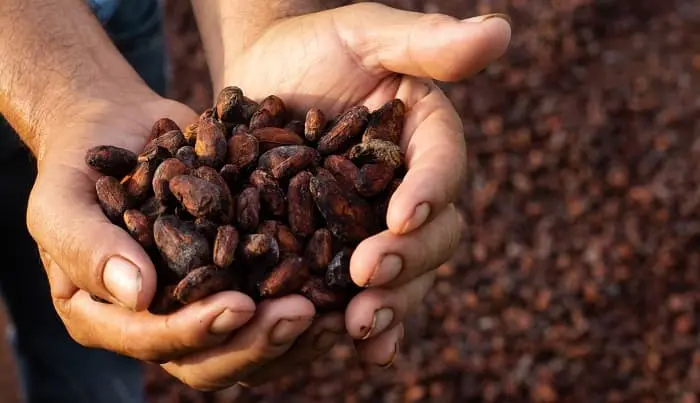Coffee has been enjoyed as a beverage for countless generations, and it has been consumed in a variety of nations. According to International Coffee Organization (ICO) the forecasts of world coffee production in 2024 is expects a 5.8% increase to 178.0 million bags. This includes a rise in both Arabica (1.8%) and Robusta (2.0%) production.
There are several varieties of coffee, and each has its distinctive flavor and aroma profile that sets it apart from the others. More than seventy-five countries are involved in the cultivation of coffee as a cash crop.
Coffee has been enjoyed as a beverage for countless generations, and it has been consumed in a variety of nations. There are several varieties of coffee, and each has its distinctive flavor and aroma profile that sets it apart from the others. More than seventy-five countries are involved in the cultivation of coffee as a cash crop.
Largest Coffee Producers In The World

Some of the top coffee-producing countries in the world are more widely known than others. There are around 70 countries that produce coffee, but just five that account for the vast majority of global output:
1. Brazil
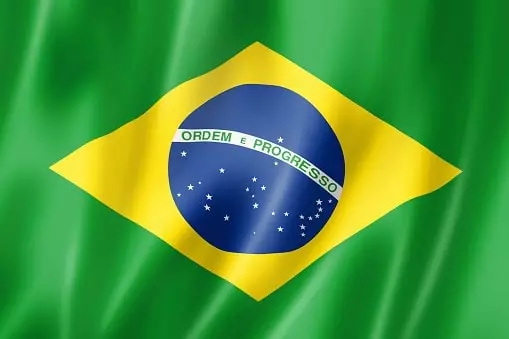
Coffee manufacturing is massive in Brazil. A staggering 40 percent of the world’s coffee comes from this one country. In 2023, Brazil is expected to produce a record 66.4 million 60-kg bags of coffee, up from 54 million bags in 2022.
The climate in many parts of Brazil is ideal for growing coffee beans. About 27 thousand square kilometers of Brazil are devoted to coffee plantations, with the most majority being in the states of Minas Gerais, Paraná, and So Paulo.
In contrast to other coffee-producing countries, Brazil does not wash its coffee cherries before drying them in the sunlight
Brazil is such a major player in the coffee industry that the sixty kilogram burlap bags used to ship beans throughout the world are considered the industry standard.
Coffee has been grown in Brazil for at least 150 years, making it the country the world’s largest coffee producer. About 2,590,010 metric tonnes of coffee is produced there every year.
- Also Read: Largest Producer Of Tea In The World
2. Vietnam
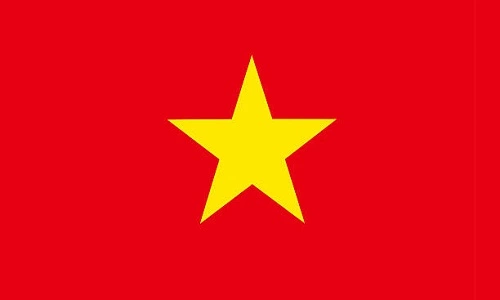
Vietnam carved out a specific segment of the global market by specializing on the less priced Robusta bean. Robusta beans, which produce a more bitter coffee, can have nearly twice as much coffee as Arabica beans.
Coffee has been farmed in the area for over a century, but it wasn’t until the 1990s that production really took off, thanks to the I Mi economic reforms instituted by the communist government of Vietnam.
To this day, Vietnam is responsible for more than 40 percent of global Robusta bean production.
Vietnam also boasts some of the world’s most prolific coffee plantations. When compared to other major coffee producers, the country’s yields are far superior.
Vietnam produces over 1,650,000 metric tonnes of coffee per year, making it the world’s second-largest coffee producer after Brazil. Over 96% of Vietnam’s coffee output comes from the Robusta species.
3. Colombia
Colombia’s reputation as a top coffee producer is in large part due to an advertising effort centred on fictional coffee farmer known as Juan Valdez. Colombian coffee is highly sought after because of its unique scent, subtlety, and fruity undertones.
Though Colombia is now one of the world’s largest coffee producers, the coffee industry has its roots in Europe. It exports around 810,000 metric tonnes of coffee beans annually to places including the USA, France, Italy, and Germany.
4. Indonesia

Kopi Luwak, a variety of bean which has been consumed and pooped by Asian palm civet, is one of the world’s rarest coffees and comes from Indonesia. Depending on the roaster, a cup of coffee produced with these beans may cost you $35 to $100.
In Indonesia, the vast majority of coffee is grown by family-run farms, making the country the world’s fourth-largest producer. About 660,000 metric tonnes per year of coffee is produced in this country.
5. Ethiopia
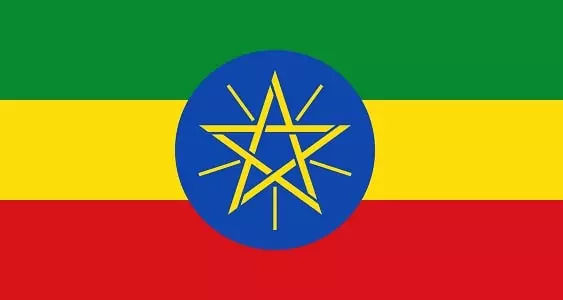
Arabica coffee plant originally came from Ethiopia, which is why its beans are so robust in flavor and body. This variety of coffee is now the industry standard and can be found in cafés and restaurants all around the globe.
Many families in Ethiopia depend on the coffee industry, as the country is Africa’s largest coffee grower. It is estimated that about 4,000 square kilometers are used for growing coffee, with a total yearly yield of 384,000 tonnes.
6. Honduras
Honduras, the northernmost of Central American nations, comes in at number six. Approximately 390,000 metric tonnes of coffee are produced annually in Honduras. That percentage indicates that Honduras exports 3.6 percent of world’s coffee.
Arabica is the only type of coffee grown in Honduras.
The majority of the country’s coffee is produced in the western regions, particularly around the west side with El Salvador and in the vicinity of the city, Tegucigalpa.
7. India

The next major Asian producer of coffee is India. Coffee is one of India’s top exports, and the country produces 329,100 metric tonnes (726,000,000 pounds) annually. That’s the equivalent of 3 percent of the world’s coffee production.
Both arabica & robusta are grown in India, with robusta accounting for 73% of the total and arabica for 27%.
Many different regions in the southern half of India are devoted to cultivating coffee, and both arabica and robusta varieties are produced.
8. Mexico
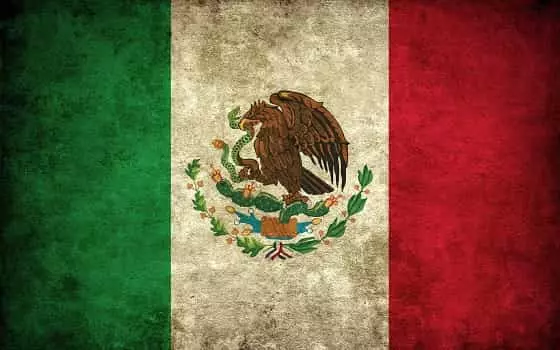
Mexico is the sole North American nation in the top 25 producers of coffee. Mexico is now in the top 25 producers, thanks to a rise in output to 273,000 metric tonnes (602,000,000 pounds). The 2.5% of global coffee supply comes from Mexico.
Only 4% of Mexican coffee is the lower-quality robust kind; the other 96% are of the superior arabica form.
The southern portion of Mexico is ideal for growing coffee. Main producing areas are located around the country’s borders with Guatemala and Belize, as well as the Pacific coast and the Gulf of Mexico.
9. Peru
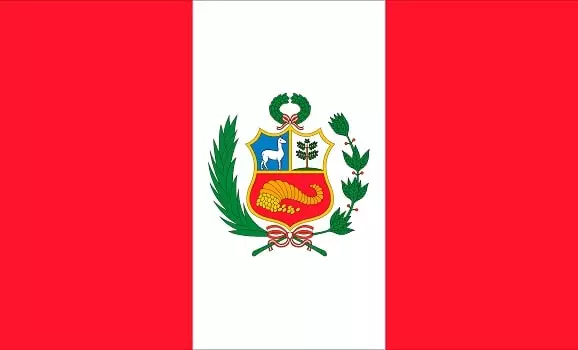
Peru is one of the countries that has moved up the rankings and is now in ninth place. Peru makes 270,000 metric tonnes of coffee, contributing for 2.4% of the globe coffee.
From the northern border with Ecuador, all the way through the central areas, and down to southern side with Bolivia, coffee grows in abundance.
10. Uganda
Uganda is another big African coffee producer. Uganda drops in the rankings because it only produces about half as much coffee as Ethiopia, at about 255,000 metric tonnes (562,000,000 pounds). 2.4% of the world’s coffee comes from Uganda.
Approximately 82% of all coffee beans grown are robusta, with Arabica only making up 18%.
The majority of Uganda’s robusta is grown in the country’s southern region, however some is grown in the country’s northern region as well You may find Arabica at the northern and western borders of the country, as well as the eastern and southern borders with Kenya and Rwanda, respectively.
Uganda is among the African countries that are still in the process of developing, and the country’s coffee production is consistently growing. At this time, it is generating somewhere in the neighborhood of 288,000 metric tonnes of coffee beans.
Conclusion
As average temperatures around the world continue to climb, it may become more difficult to cultivate high-quality coffee beans. Finding new and unique mixtures of coffee beans are crucial to ensure the continuous success and expansion of the coffee industry.
The solution to the coffee production issues may be found in the wild coffee species discovered in several research and study missions off the coastline of Côte d’Ivoire and in some districts of Sierra Leone. These coffee plants were able to grow in warmer temperatures and produced coffee with a flavor profile similar to that of the well-known Arabica bean.
It may be difficult to predict how climate change may affect coffee farms in the future, but our universal devotion to the ritual of a morning brew ensures that we’ll find ways to keep producing the beverage.
And the above-mentioned producers of coffee in the world are ruling since long.
Coffee Production FAQs
Q. What are the main types of coffee beans?
Ans: The two most common types of coffee beans are Arabica and Robusta. Arabica beans are known for their mild flavor and aromatic qualities, while Robusta beans have a stronger, more bitter taste and higher caffeine content.
Q. How is coffee grown?
Ans: Coffee is typically grown as a shrub or small tree. It requires specific climatic conditions, including the right altitude, temperature, and rainfall. Coffee plants produce coffee cherries, which contain the coffee beans.
Q. What is the coffee harvesting process?
Ans: Coffee cherries are harvested once they reach optimal ripeness, which varies depending on the coffee type and region. Harvesting can be done by hand-picking or mechanically using machines.
Q. How are coffee beans processed after harvesting?
Ans: After harvesting, coffee beans need to be processed. There are several methods, including dry processing, wet processing, and pulped natural processing. The method used can significantly impact the flavor and quality of the coffee.
Q. What is the role of coffee milling in the production process?
Ans: Coffee milling involves removing the outer layers of the coffee beans to obtain green coffee beans. This process helps to eliminate any remaining pulp and parchment layers and ensures uniform bean size.
Q. How is coffee quality determined?
Ans: Coffee quality is assessed based on factors such as flavor, aroma, acidity, body, and overall balance. Specialty coffee is often evaluated using a process called cupping, where trained professionals taste and grade the coffee.
Q. How is coffee production sustainable?
Ans: Sustainable coffee production practices include environmentally friendly cultivation methods, fair labor practices, and ethical sourcing. Certifications like Fair Trade and Rainforest Alliance are often used to promote sustainability.
Q. How can consumers support sustainable coffee production?
Ans: Consumers can support sustainable coffee production by purchasing coffee with certifications like Fair Trade, Rainforest Alliance, or USDA Organic. Additionally, choosing coffee from producers and brands that prioritize sustainability and ethical practices is essential.
Q. How should coffee be stored to maintain its freshness?
Ans: To maintain the freshness of coffee, it should be stored in an airtight container in a cool, dark place, away from light, heat, and moisture. Whole beans stay fresher longer than pre-ground coffee.
Q. What is the impact of climate change on coffee production?
Ans: Climate change can affect coffee production by altering weather patterns, leading to more frequent and severe droughts, diseases, and pests. Coffee farmers are increasingly adopting climate-resilient practices to mitigate these challenges.
Q. What are some emerging trends in the coffee industry?
Ans: Emerging trends in the coffee industry include the rise of specialty coffee, the adoption of sustainable and environmentally friendly practices, innovative brewing methods, and the growth of cold brew and nitro coffee.

